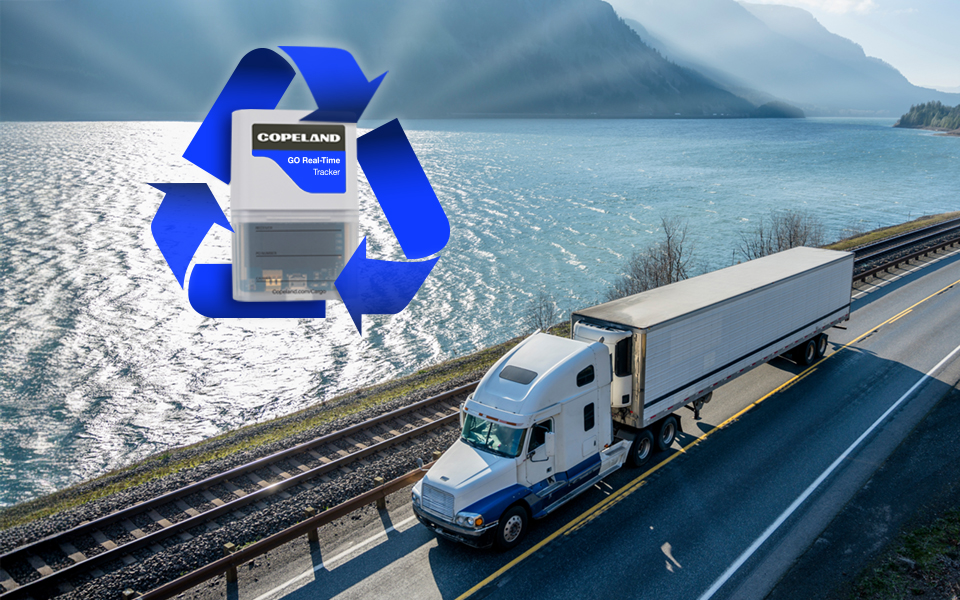*On June 1, 2023 Emerson’s Climate Technologies business became a new standalone company – Copeland. Though our name has changed, we are building on more than a century of HVACR innovation and industry leadership, and Copeland continues to offer the same products, industry stewardship, and learning opportunities you’ve grown to trust. Information found on this webpage posted before June 1, 2023 may contain our old name or branding, but you can be at ease knowing it was created with the knowledge and expertise of Copeland.

The Copeland Scroll™ and Copeland Discus™ digital compressors, on the other hand, offer a number of advantages in common refrigeration applications while overcoming the hurdles of some of the above-mentioned alternatives.
-
- Reduced food shrinkage
- Preserved brand
- Improved operator profit margins
Because digital modulation allows temperatures to be controlled within +/- 0.5 °F, operators can ensure they are maintaining the highest quality of perishable food items.
-
- Increased energy efficiency
Compared to other methods of modulation, digital compression is much more energy efficient and less costly to implement. Operators can expect as much as 10 percent energy reduction (up to 30 percent compared to hot gas-bypass systems).
-
- Fewer maintenance costs and improved system reliability
Digital modulation reduces start/stop cycling rates by up to 50 percent, which results in significantly less wear and tear.
-
- Reduced compressor cycling frequencies (from hundreds to teens)
One digital compressor can be used as the lead compressor and paired with fixed capacity scroll or semi-hermetic compressors.
-
- Lowered compressor investment
- Achieved energy efficiency targets
In multiplex refrigeration designs, a digital compressor can be used to run multiple fixtures throughout a restaurant or convenience store. Digital modulation has enough capacity to match the load of each fixture and/or allow the number of fixtures running to match the load requirements of the store at a given time.
-
- New-refrigerant friendly
Digital technology is available for the emerging class of refrigerants: new A1 refrigerants (such as recently approved R-448A and R-449A); R-744 in subcritical applications; and new blends as they become available.
This blog is a summary of article Variable Capacity Modulation Goes Digital in the latest edition of our E360 Outlook. Read the article in its entirety and download the digital edition.

Copeland Aligns its Family of Brands for the Future
As a critical milestone in our journey as a standalone company, Copeland is excited to unveil a...

Recycling Program Contributes to Supply Chain Sustainability
Copeland Is Your Partner for a Greener Supply Chain Throughout the perishable food supply chain,...
Industrial Heat Pumps Deliver Sustainability, Lifecycle Benefits in Food and Beverage Industry
The food and beverage industry faces increasing pressure to reduce scope 1, 2 and 3 emissions. In...
